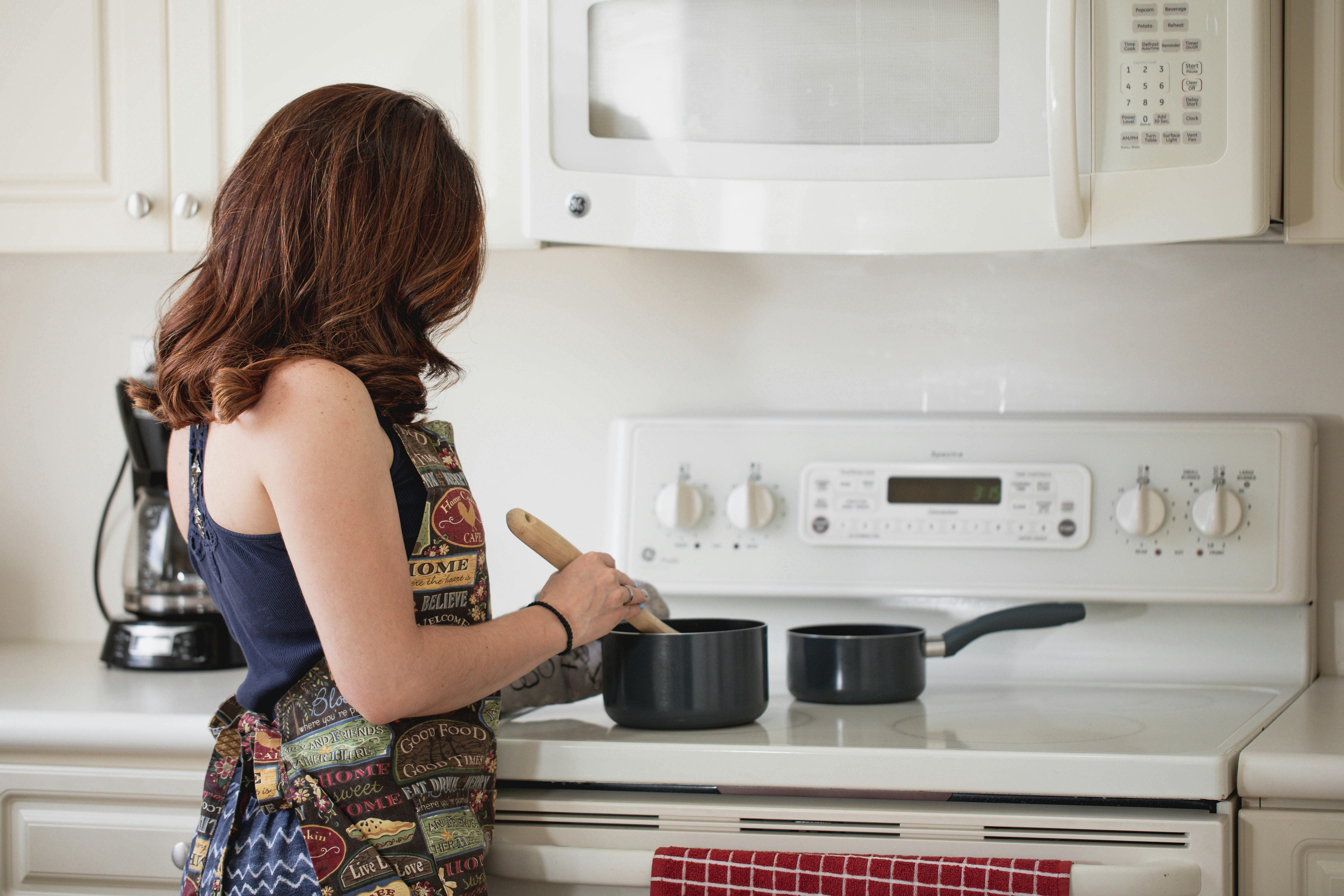Master the Basics Essential Cooking Techniques Every Home Cook Should Know
Cooking is an art, but it’s also a skill that can be mastered with practice, patience, and the right techniques. Whether you’re a novice in the kitchen or someone looking to sharpen your culinary skills, understanding and mastering basic cooking techniques is the key to becoming a confident and competent home cook. These essential techniques will not only make your cooking more efficient but will also enhance the flavors and textures of your dishes. Let’s explore the foundational cooking techniques every home cook should know.
1. Sautéing
Sautéing is a quick cooking method that uses a small amount of oil or butter in a shallow pan over medium to high heat. It’s perfect for cooking vegetables, small pieces of meat, or seafood. The key to successful sautéing is to keep the ingredients moving in the pan, ensuring even cooking and preventing burning. Make sure your pan is hot before adding the oil, and wait until the oil shimmers before adding your ingredients. This technique is great for building flavor, as it often forms the base for sauces and stews.
2. Roasting
Roasting involves cooking food in an oven using dry heat. It’s ideal for larger cuts of meat, poultry, and vegetables. Roasting helps to concentrate flavors and caramelize the natural sugars in food, creating a deliciously crispy exterior while keeping the inside moist. Preheat your oven, season your food well, and don’t overcrowd the pan to allow for even browning. Remember to turn or baste the food occasionally to enhance the flavors.
3. Boiling
Boiling is one of the simplest cooking techniques, yet it’s essential for preparing pasta, vegetables, and certain proteins like eggs. To boil, you simply heat water to its boiling point (212°F or 100°C) and then add your ingredients. The key to successful boiling is maintaining a consistent boil without letting the water evaporate too quickly. For vegetables, use plenty of water and a little salt to enhance flavor, and cook just until they’re tender to retain nutrients.
4. Simmering
Simmering is similar to boiling but is done at a slightly lower temperature (around 185°F to 205°F or 85°C to 96°C). It’s a gentle cooking method perfect for soups, stews, and sauces, where a slow, steady heat helps to meld flavors together. To simmer, bring your liquid to a boil first, then reduce the heat to maintain small, gentle bubbles. This technique allows for even cooking without the risk of burning or overcooking.
5. Braising
Braising is a combination of dry and moist heat cooking. It involves first browning your meat or vegetables in a hot pan (sautéing), then cooking them slowly in a covered pot with a small amount of liquid. This method is perfect for tougher cuts of meat, as the slow cooking process breaks down the connective tissue, making the meat tender and flavorful. The liquid used in braising can be water, broth, wine, or a combination, and often becomes a delicious sauce to accompany the dish.
6. Steaming
Steaming is a healthy cooking technique that preserves the nutrients, color, and flavor of food. It involves cooking food using steam from boiling water, without the food coming into direct contact with the water. Steaming is particularly effective for vegetables, fish, and dumplings. To steam, you’ll need a steamer basket or a rack that fits inside a pot. Arrange the food in a single layer, cover, and allow the steam to cook the food evenly. Keep an eye on the water level to ensure it doesn’t run dry.
7. Grilling
Grilling is a popular cooking method that involves cooking food over direct heat, usually on a barbecue or grill pan. It’s great for meats, poultry, fish, and vegetables, giving them a smoky flavor and charred texture. The key to successful grilling is to preheat the grill and oil the grates to prevent sticking. Grill your food over high heat for a quick sear, then move it to a cooler part of the grill to finish cooking. Timing and temperature control are crucial to avoid overcooking.
8. Baking
Baking is a dry heat cooking method typically used for bread, pastries, cakes, and casseroles. It involves cooking food in an oven where the heat surrounds and cooks the food evenly. Precise measurements and following recipes closely are essential for successful baking, as the science of ingredients reacting with heat is what gives baked goods their structure and texture. Always preheat your oven and use the correct type and size of baking pan for best results.
9. Knife Skills
Mastering knife skills is fundamental to becoming efficient in the kitchen. Knowing how to chop, dice, slice, and julienne with confidence not only speeds up your prep time but also ensures uniform cooking. Practice holding the knife correctly, with your thumb and forefinger gripping the blade while the other fingers wrap around the handle. Keep your knives sharp and learn the proper cutting techniques for different foods to maintain safety and precision.
10. Seasoning and Tasting
One of the most crucial, yet often overlooked, aspects of cooking is proper seasoning. Learning how and when to season your food can transform a dish from bland to delicious. Use salt and pepper judiciously, and don’t be afraid to experiment with herbs, spices, and acids like lemon juice or vinegar. Tasting as you cook is essential to adjust the seasoning and balance flavors. Remember, you can always add more seasoning, but it’s difficult to fix an over-seasoned dish.
Mastering these essential cooking techniques will empower you to tackle any recipe with confidence and creativity. As you practice and refine your skills, you’ll discover the joy of cooking and the satisfaction of creating delicious meals for yourself and your loved ones. Remember, cooking is a journey, and every meal is an opportunity to learn, experiment, and enjoy the process. So, grab your apron, sharpen your knives, and start mastering the basics in your kitchen today!











Post Comment